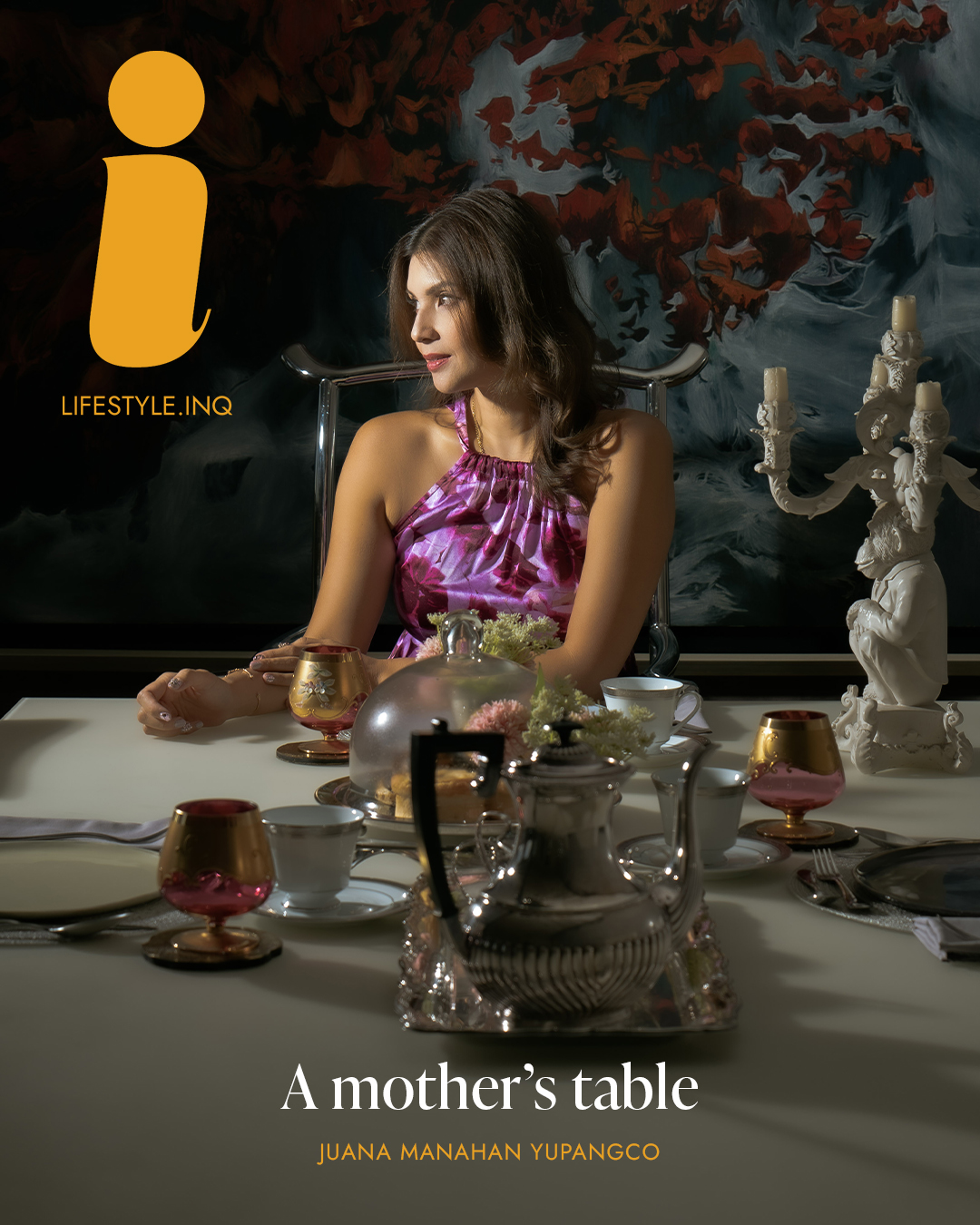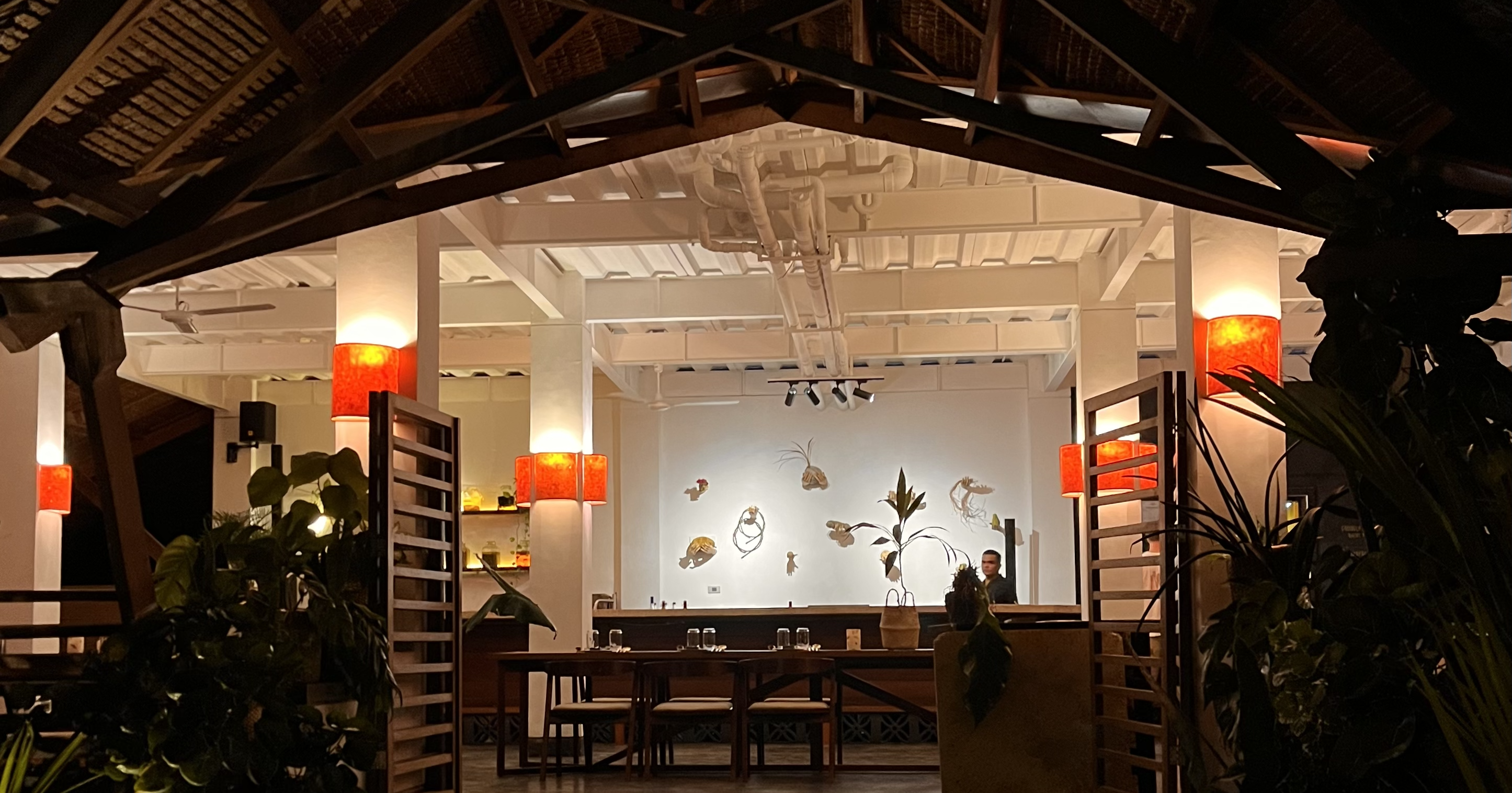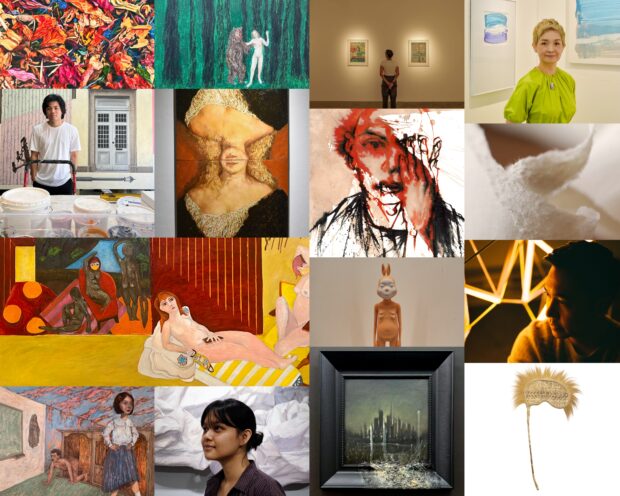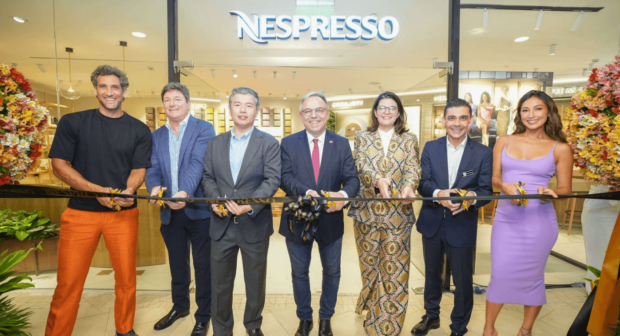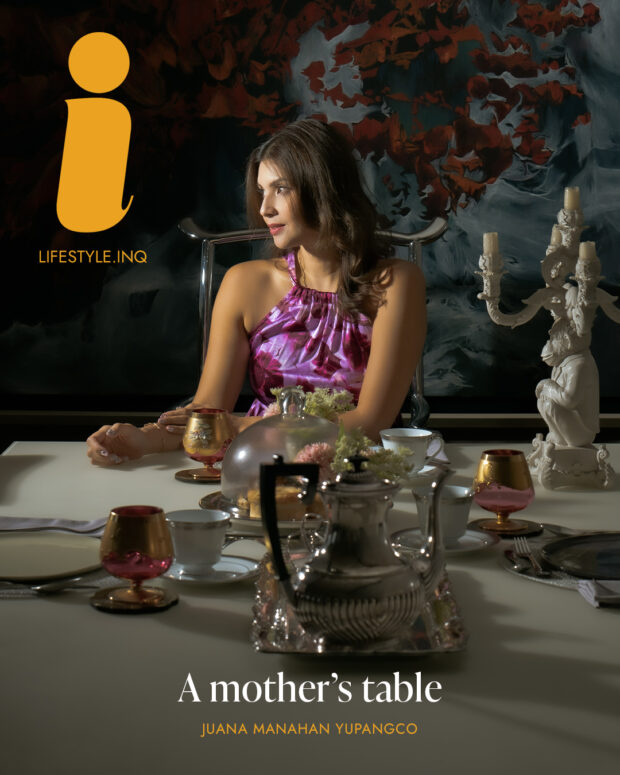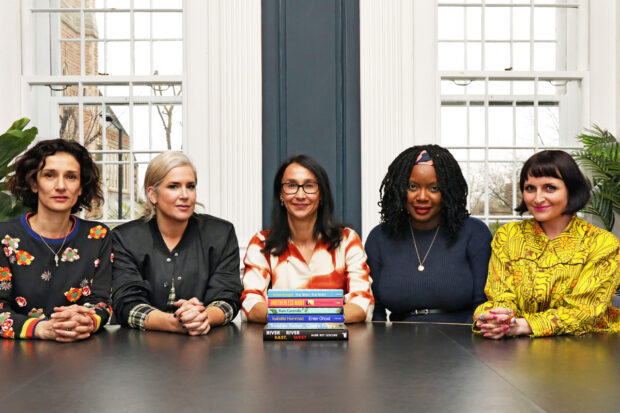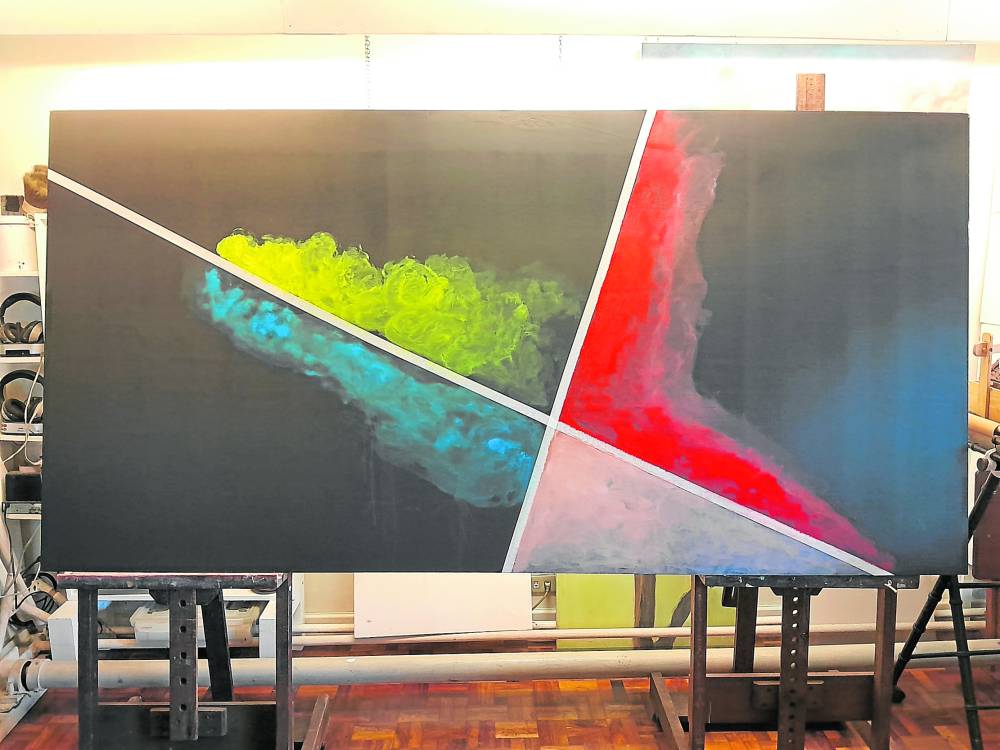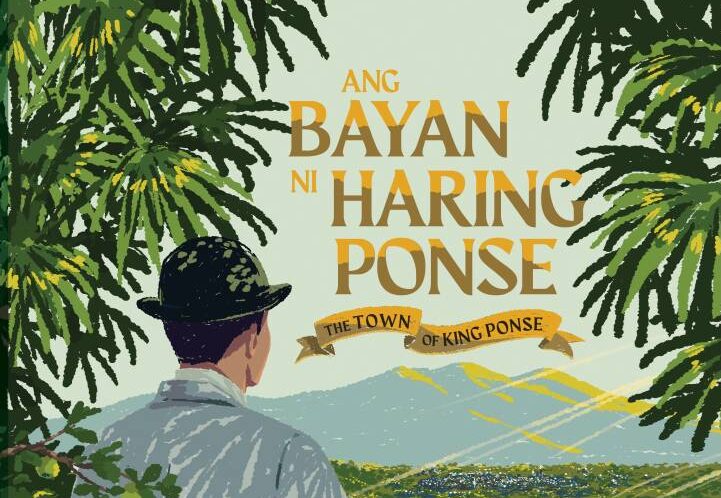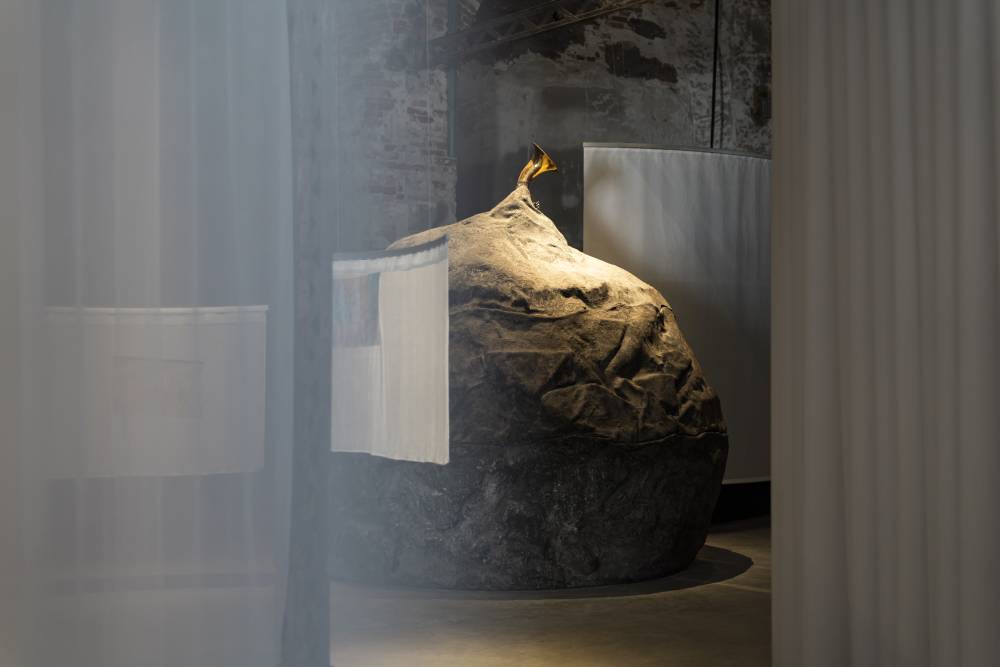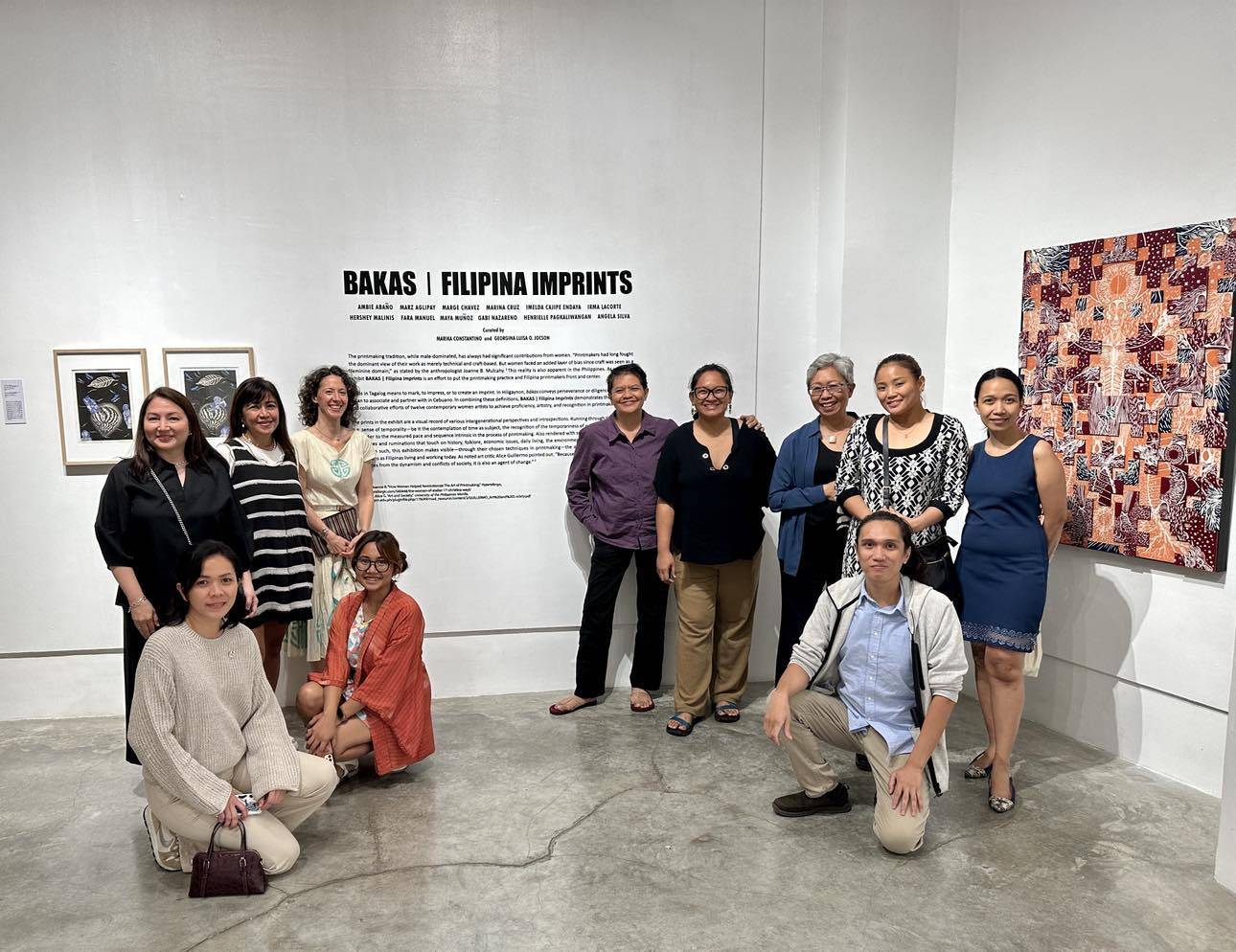
While Manuel Antonio Rodriguez Sr. is often credited with pioneering printmaking in the Philippines, it is the enduring commitment of women printmakers that has ensured the medium’s continued vitality and growth. As Imelda Cajipe-Endaya aptly observes in her essay, “Tirada: Potential, Potency and Women Printmakers,” “it was mostly women running the Philippine Association of Printmakers in the ’70s.”
This enduring commitment is evident in the Cultural Center of the Philippines’ (CCP) traveling print exhibition of the same name, which forms part of the Iloilo Museum of Contemporary Art’s (Ilomoca) ongoing print festival, “Proven and Printed.”
The resurgence of interest in printmaking in recent years has prompted Ilomoca to host an exhibition that specifically highlights women printmakers from across the Philippines. “Bakas: Filipina Imprints,” one of three distinct print exhibitions in the festival, celebrates the diverse voices and artistic expressions of Filipina printmakers. This all-women exhibition is freely accessible to the public, as is “Print Exchange,” an initiative by Rolling Paper Press that showcases two sets of print portfolios compiled from 19 invited printmakers.
Intergenerational
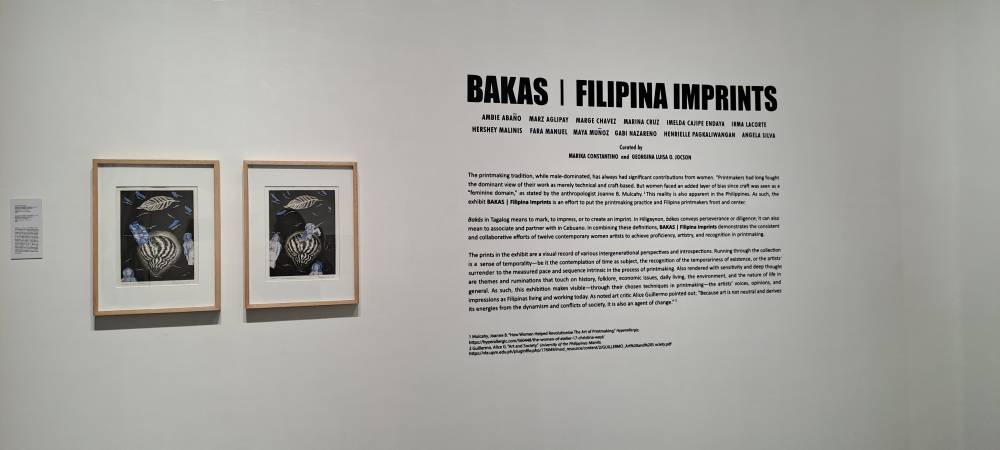
“Bakas” is curated by Marika Constantino and Georgina Jocson.
Jocson explained how the artists were selected. “Marika and I came up with this roster with the assistance of our ambassadress of printmaking, Angela Silva. We did set parameters to consider, first is that the roster must be intergenerational, second the printmaking techniques must be varied and third, must not be Manila-centered. So, we came up with a roster of 12 women printmakers, four of whom currently practice in the National Capital Region: Imelda Cajipe-Endaya, Ambie Abaño, Marz Aglipay and Hershey Malinis. As for the rest of the printmakers, they practice in the regions—we have Fara Manuel (Baguio), Marina Cruz (Bulacan), Henrielle Pagkaliwangan (Cavite), Maya Muñoz (Albay), Gabi Nazareno (Cebu), Angela Silva (Talisay), Irma Lacorte (Dumaguete)and Iloilo’s very own Marge Chavez.”
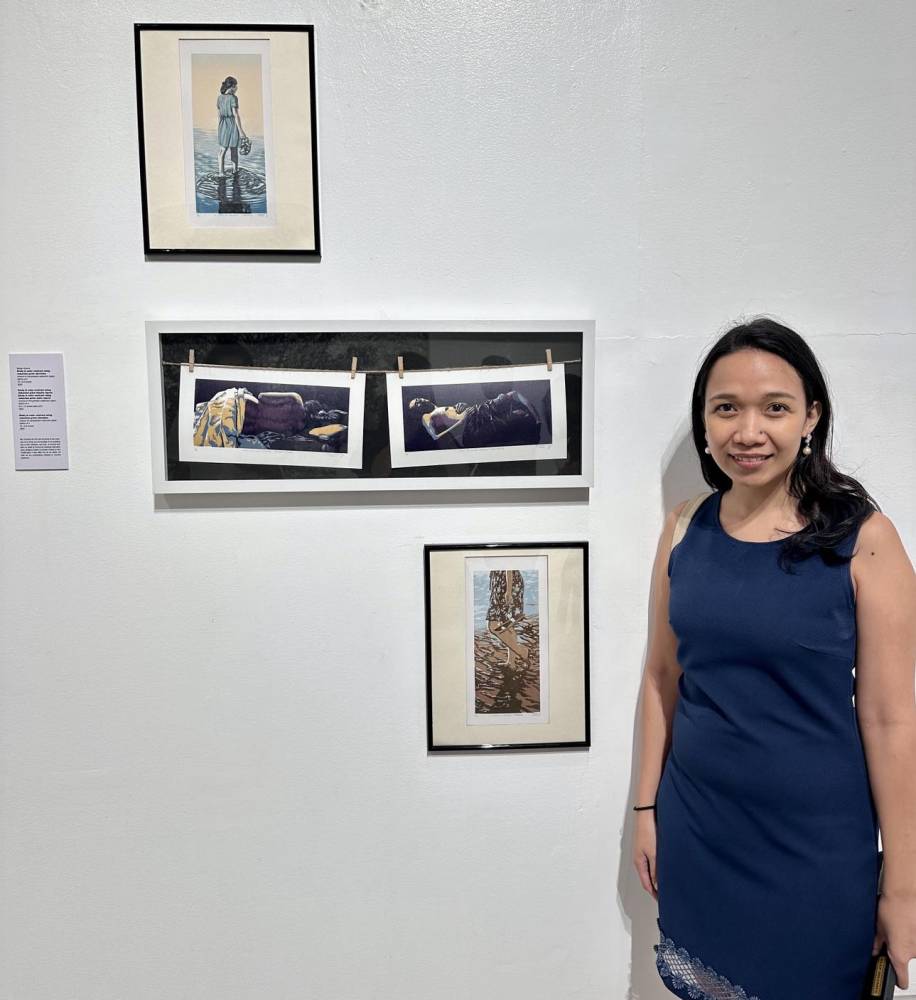
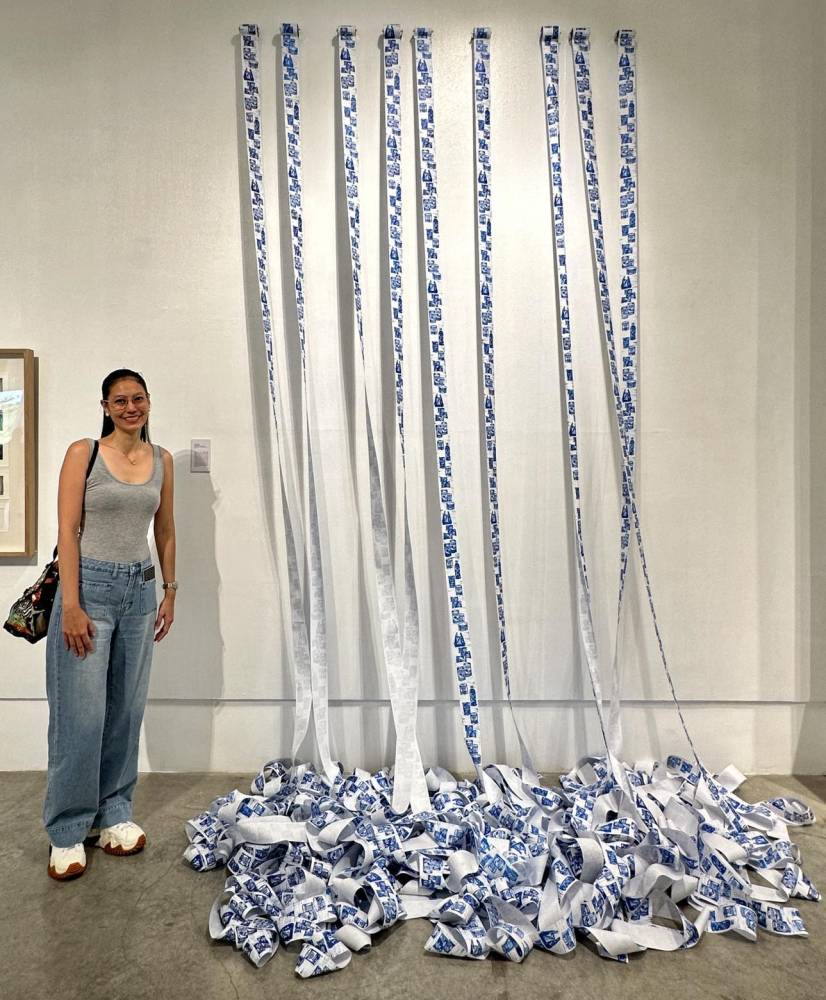
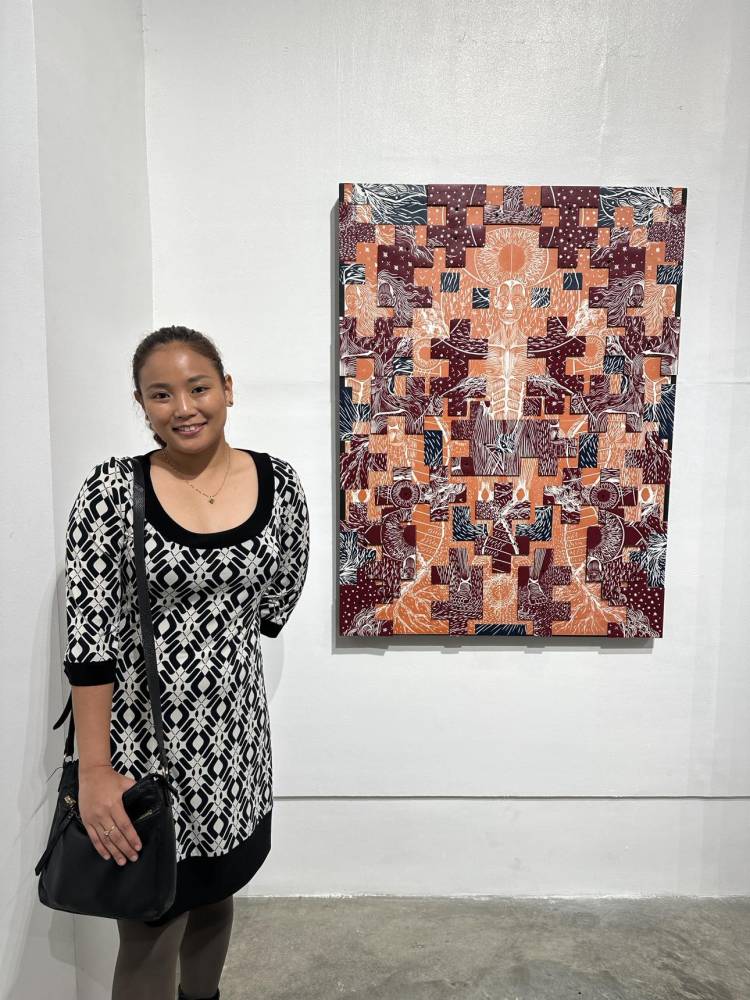
The selection of artists offer a sampling rather than a survey of the printmaking techniques of women printmakers. It hopes to add to the ongoing efforts of all printmakers in pushing for more artistic interventions in terms of techniques, medium and concept.
The title of the exhibition, “Bakas,” holds multiple layers of meaning in Filipino languages. In Tagalog, bakás means “to mark” or “to create an imprint.” In Hiligaynon, bákas conveys perseverance or diligence, while in Cebuano it can also mean “to associate” and “to partner with.”
These diverse interpretations encapsulate the collaborative efforts of the 12 women printmakers in their pursuit of mastery in the medium. Through their sensitive and thoughtful works, each artist delves into themes that touch on history, folklore, economic issues and the nature of life in general, offering profound insights into the concept of temporality.
“Bakas” is complemented by “Print Exchange,” organized by Silva’s community printmaking platform, Rolling Paper Press. This exhibition fosters a spirit of inclusivity by bringing together printmakers of all skill levels, men included, encouraging them to embrace the role of print collectors.
This approach underscores the accessibility of printmaking as a medium that welcomes individuals from all artistic backgrounds. Silva, a staunch advocate for experimentation within printmaking, utilizes this exchange as a platform for budding printmakers to learn from established artists and vice versa.
Providing support
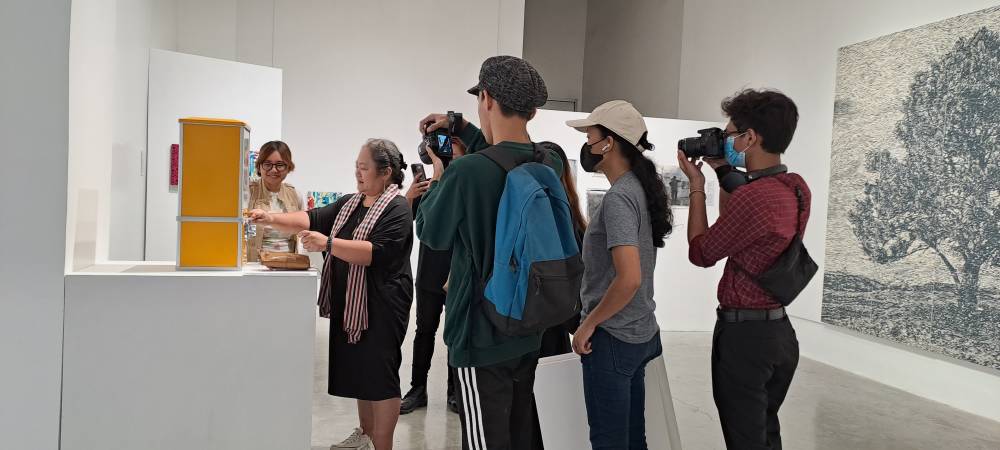
“I invited 20 printmakers, 19 were able to make an addition. Each printmaker made an edition of 10 prints from the same plate, technically they’re all the same. Then they mailed their edition to me, including one artist’s proof that I get to keep for the Rolling Paper Press archive. The first number print from each artist’s edition is what’s on exhibit and is for sale. I specifically chose these artists to represent various techniques, skill sets and from various regions. The gist of it is that the printmakers sent me 10 prints, I collated them, organized them, so that each participating printmaker gets an immediate collection of nine prints,” Silva explained.
Silva has previously organized a smaller print exchange among 10 printmakers in 2022. This exchange focused on tiny prints made with a 3D printed press, an alternative to the large conventional printmaking press which not a lot of printmakers have access to.
While printmaking is considered an accessible medium, the curators emphasize the importance of providing support for both the medium itself and its practitioners. “Printmaking is actually part of the DepEd (Department of Education) curriculum in the visual arts,” Silva explained. “But it’s not widely practiced or taught because many teachers lack the knowledge and skills to create prints.”
Jocson further highlighted the valuable role of curated exhibitions as learning opportunities for artists, providing feedback and acting as sounding boards for their creative development. “My exhortation,” Jocson said, “is for the government to distribute all forms of support equitably across different regions, rather than focusing solely on Manila.”
“Bakas” stands as a beacon of inspiration, illuminating the immense talent and unwavering dedication of Filipina printmakers. Their works serve as a testament to the enduring power of women artists and the indelible mark they leave in the world. —CONTRIBUTED
“Print Exchange” is on view until Dec. 30; “Bakas: Filipina Imprints” until January 2024; and “Potential, Potency and Women Printmakers” until February 2024, on the second floor of Ilomoca, Casa de Emperador Festive Walk Parade, Mandurriao, Iloilo City, Iloilo.


